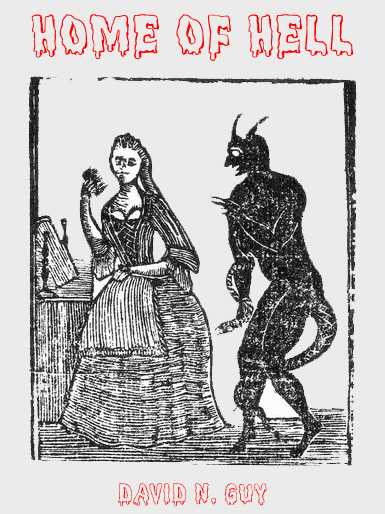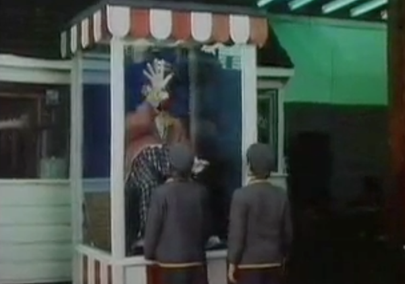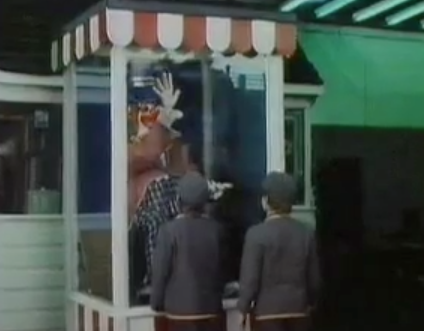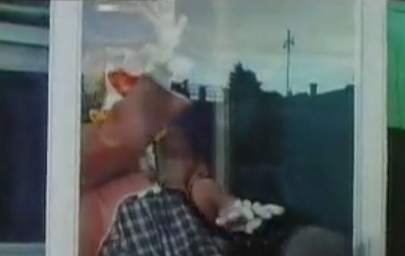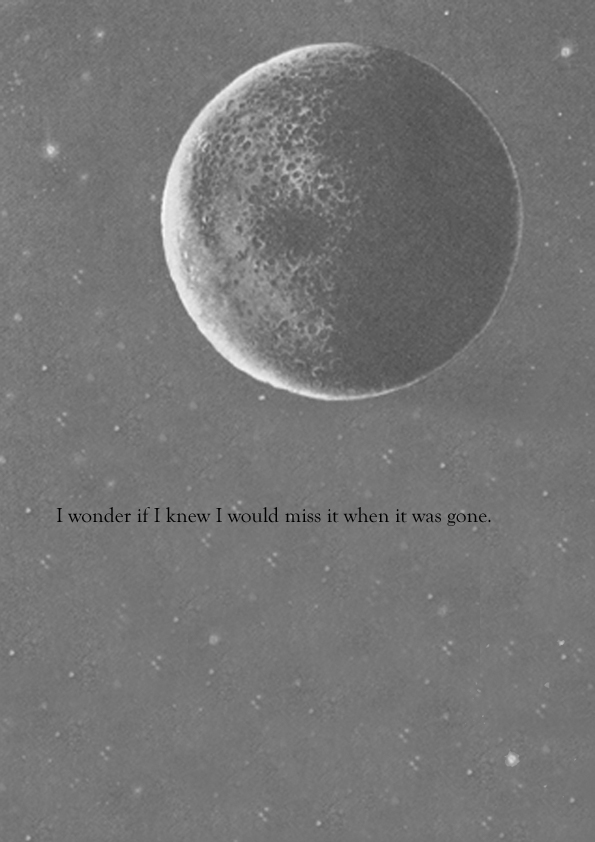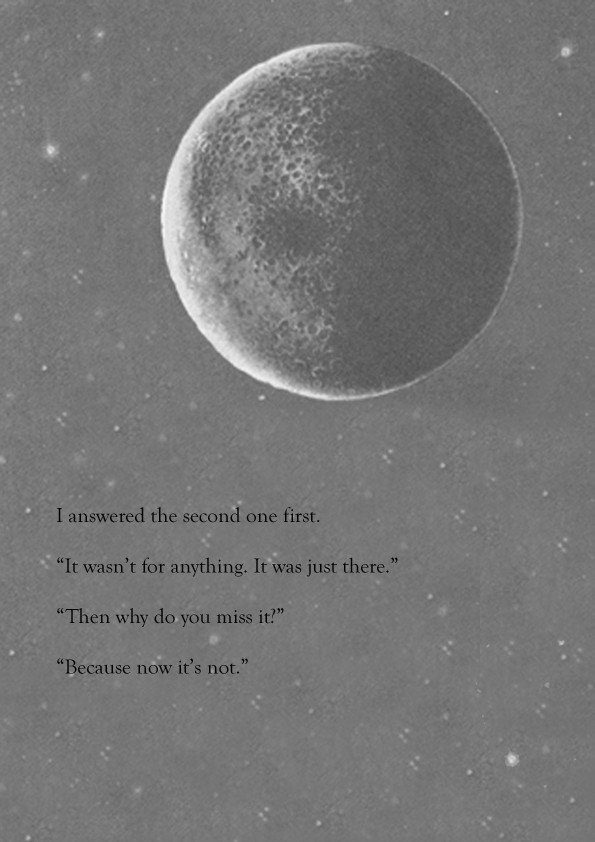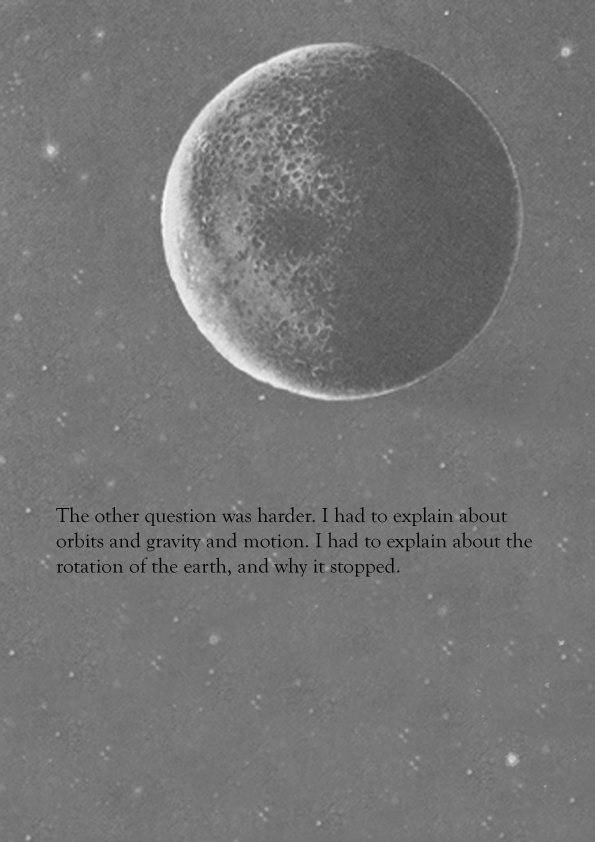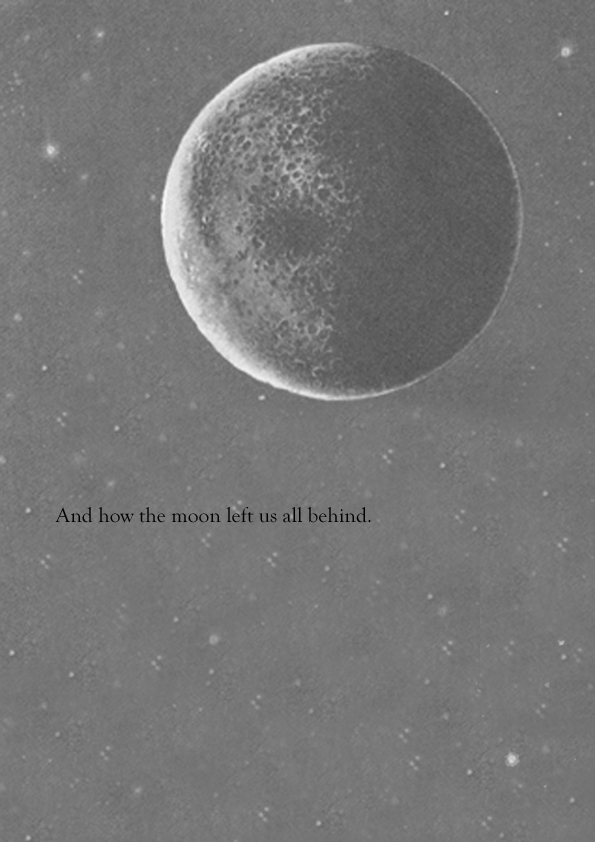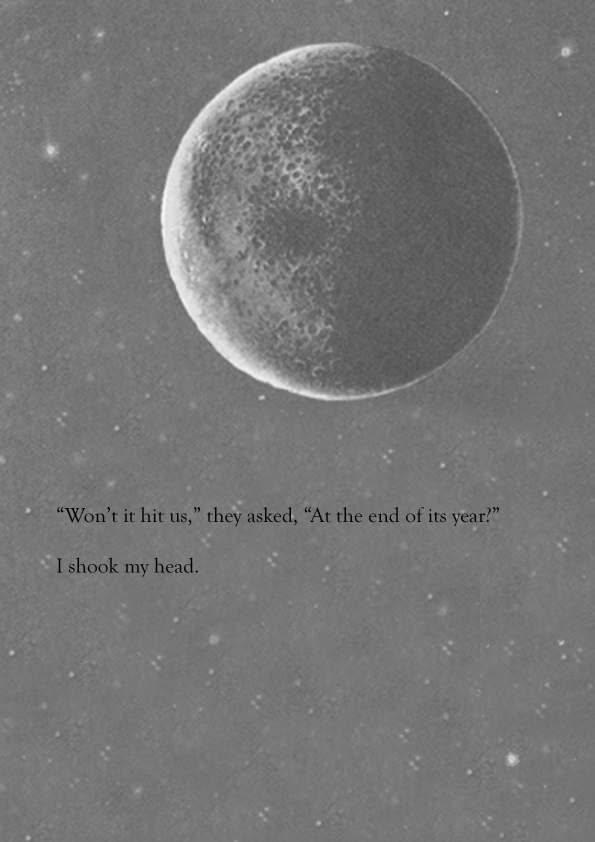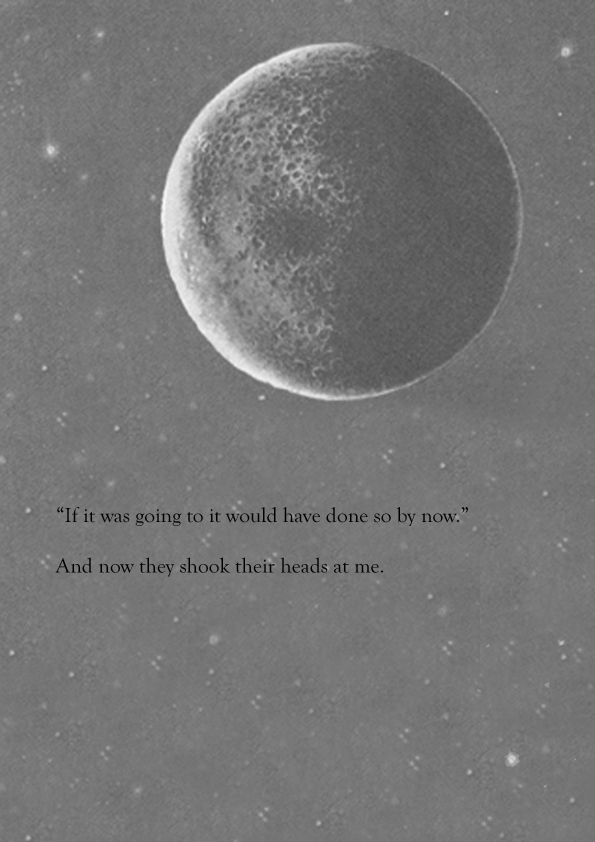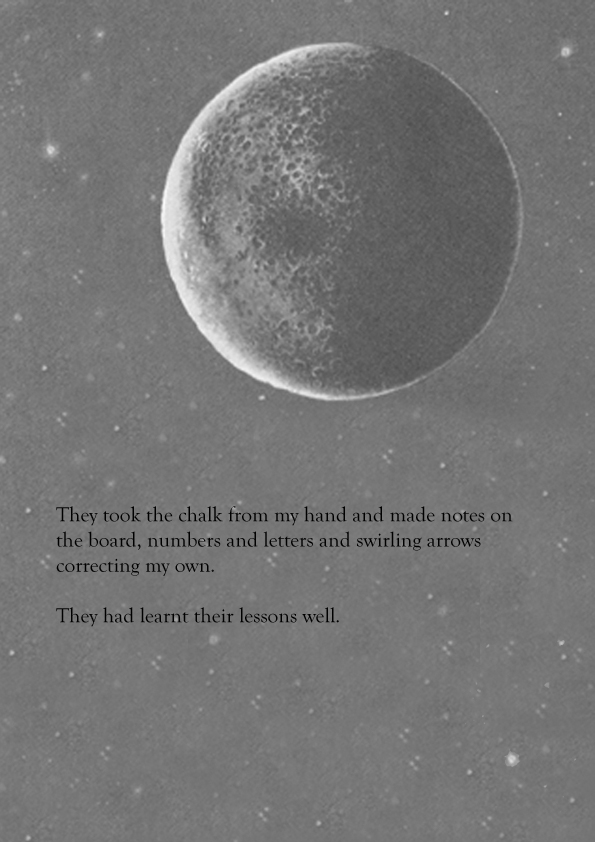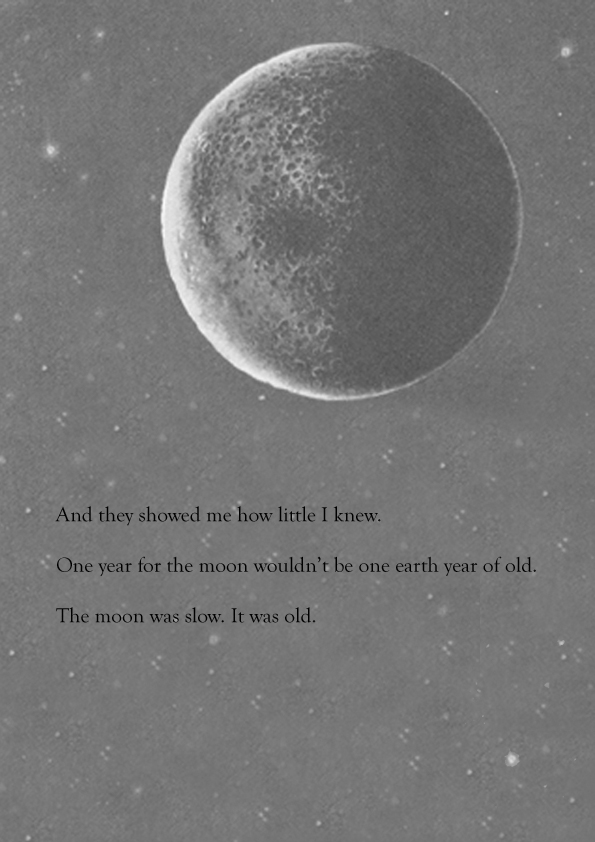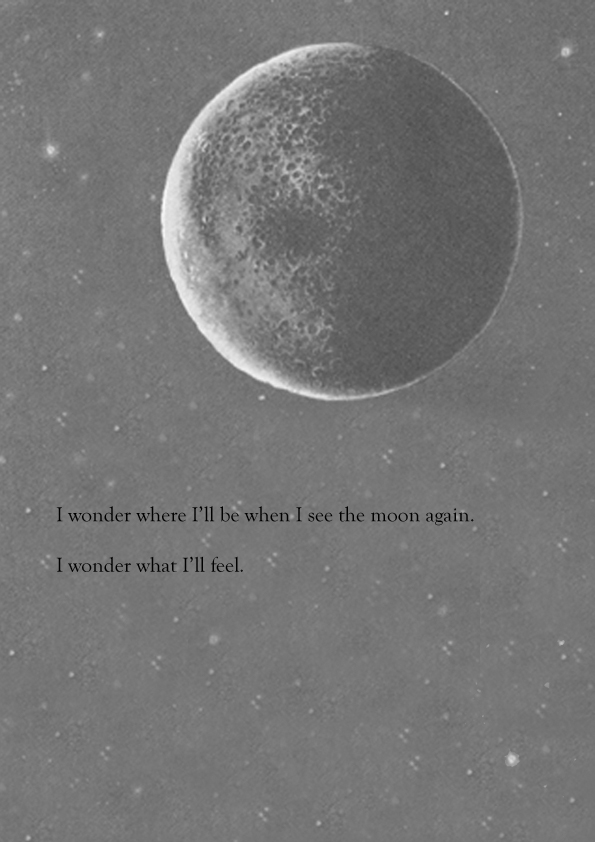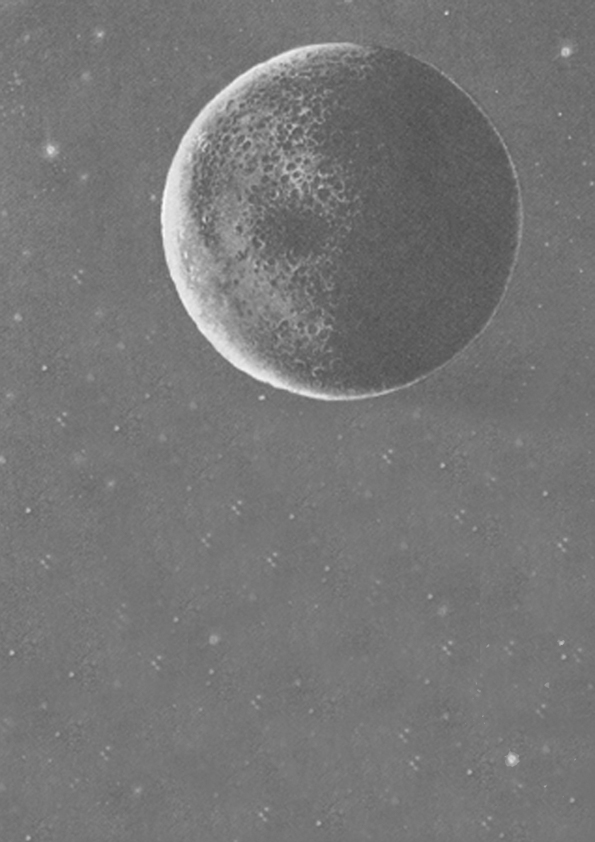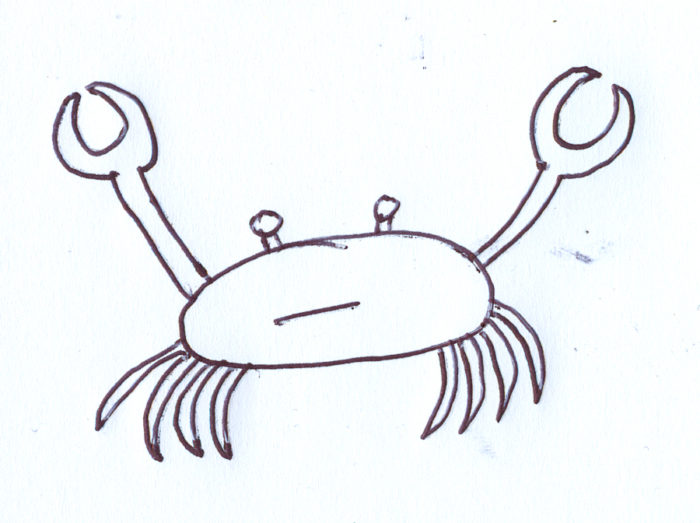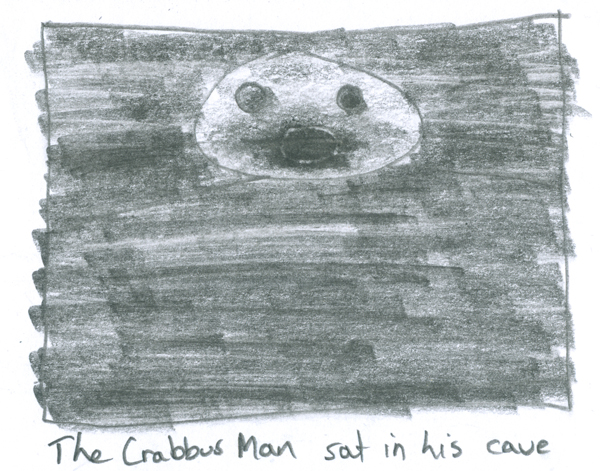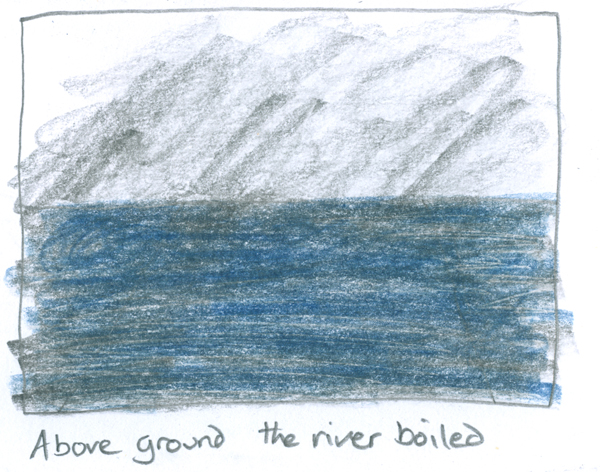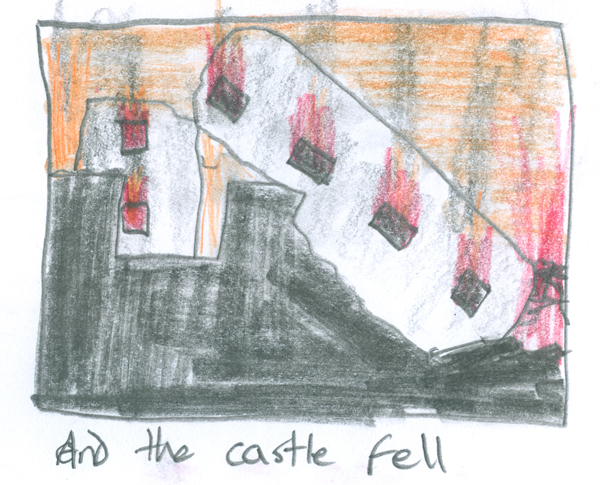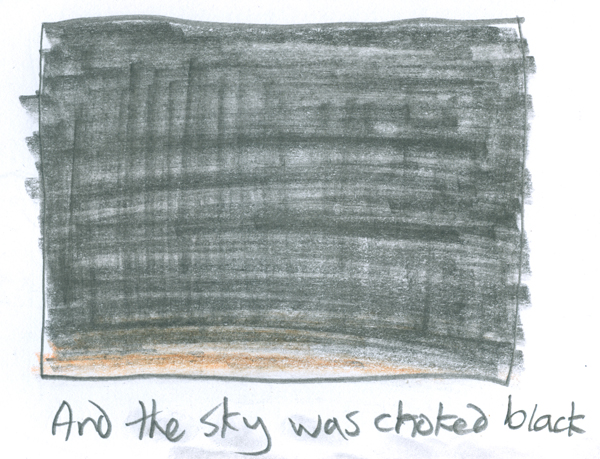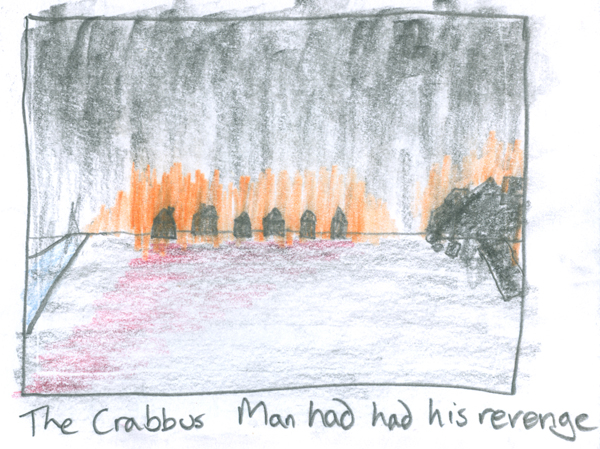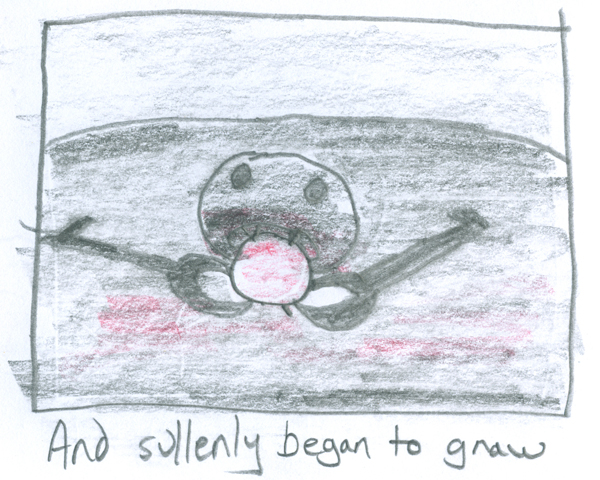[Notes: To commemorate the final passing of Essex Terror, and it’s brief but now obsolete resurrection on an accumulation of things, I post here an essay on the existence, and some would say persistence, of Essex in literature and the popular imagination. And then, we shall never mention Essex, Terror, or any other related commodities ever again. Good-day!]
The Barren Lands: The Horrors Of Essex In Literature And The Popular Imagination
It is not easy to feel sorry for Essex, but if you do it is likely to be for the way in which its very real horrors are ignored in favour of the (often wholly imaginary) terrors and the transitory transgressions of some of our citiziens, highlighted by a banal media incapable of self reflection – nor even at times self-awareness – and that for this the entire county is maligned, ridiculed and occasionally violently attacked [1]. Although there are a number of reasons why an untrue vision of the county is almost always presented to the outside world [2], it is altogether less certain why the real malignancies of the county do not seem able to travel along with them.
Even if the popular imagination is content to see nothing more here than a wasteland of retired criminals and talent show wastrels all choosing to remain trapped together in a vast bubble of garden centres and grooming parlours punctuated occasionally by roadside car crash memorials, occasional glimpses of the deeper actuality of our existence do seep beyond our carefully controlled borders, and an understanding of this is necessary to uncover the existential emptiness which fuels much of our more notable behaviour [3].
As with all essays that touch upon the hidden but persistent horrors of the world, our first point of reference is to HP Lovecraft [4]. Plagued by ominous dreams for most of his life, the vast majority of them depicted “a slimy expanse of hellish black mire which extended about me in monotonous undulations as far as I could see.” [5]
His description of these hellish visions – which continued by saying that “[t]he region was putrid with the carcasses of decaying fish, and of other less describable things [6] which I saw protuding from the nasty mud of the unending plain” [7] – were unmistakably Essex in origin. When a young fan [8] sent him photos of the marshlands of the Blackwater, Lovecraft was said to be overcome by a trembling fear that would never again leave his bones. “It’s terrible – monstrous – unbelievable!” [9] he said. “It’s too utterly beyond thought – I dare not tell you – no man could know it and live. Great God! I […] dreamed of THIS!” [10]
Lovecraft lived with the shuddering aftereffects of this revelation of the true location of his dreams for the rest of his life. Unsurprisingly, he refused all invitations to visit a place he had until then thought were glimpses of the true nature of hell.
“Perhaps I should not hope to convey in mere words the unutterable hideousness that can dwell in absolute silence and barren immensity [11],” he said. “There was nothing within hearing, and nothing in sight save a vast reach of black slime; yet the very completeness of the stillness and the homogeneity of the landscape oppressed me with a nauseating fear [12].”
HP Lovecraft was of course not the first to chronicle the dispiriting nature of the Essex landscape. William Hope Hodgson [13], however, knew well their horrors from first hand experience. The son of an Essex Reverend from the evocatively named Blackmore End, he grew up so disgusted by his surroundings that he joined the merchant navy at the age of 13 in desperation, but ultimately discovered that no matter how far away he sailed the tides would always bring him back.
In “The Boats Of The ‘Glen Carrig’” [14], Hodgson describes the first view of the county from the point of view of a first time visitor. “[W]e had come so close to it that we could distinguish with ease what manner of land lay beyond the shore, and thus we found it to be of an abominable flatness, desolate beyond all that I could have imagined.” [15] The only ingress is “a slimy-banked creek… the banks being composed of a vile mud which gave us no encouragement to venture rashly upon them.” [16] As they travel inland it becomes plain that the land is “a great plain of mud; so [great] that it gave me a sense of dreariness to look out upon it.” [17]
The similarities here with Lovecraft’s visions are remarkable, lending credence to all manner of theories about the powers of the mind and the origins of consciousness [18].
[As an aside, American interpretations of Essex are not always accurate. In “The Snow Goose” [19], Paul Gallico [20] reimagines The Crabbus Man [21], one of Essex’s most notorious nightmares, as a misunderstood, sensitive and altruistic recluse who carries in his deformed and monstrous breast the very best aspects of man. It is only the incredible ridiculousness of this transformation that saves it from becoming blasphemous.
In stark contrast, it is the calls of The Crabbus Man that first alert the adventurers in “The Boats Of The ‘Glen Carrig’” to the existence of life in the barren Essex wastes they find themselves approaching. “And it was at this time, when I was awed by so much solitude, that there came the first telling of life in all that wilderness. I heard it first in the far distance, away inland – a curious, low, sobbing note it was, and the rise and fall of it was like to the sobbing of a lonesome wind through a great forest.” [22] (This great weeping is echoed in the lyrics of “Crabbus Man” [23] by Vom Vorton [24], where it is declared that “Crabbus Man Crabbus Man With His Knowledge He Will Do What He Can Crabbus Man Crabbus Down In The Caverns He Weeps And Plans.” [25]) In the fullness of William Hope Hodgson’s vision, The Crabbus Man (and his offspring, or possibly corruptions) set upon the crew. “And now we saw that it was full of crabs; yet they were not all small, for in a while I discovered a swaying among the weed, a little way in from the edge, and immediately I saw the mandible of a very great crab stir amid the weed… [A]nd thus we had full sight of it, and discovered it to be so great crab as is scarce believable – a very monster… And further, it was apparent to us that the brute had no fear of us, nor intention to escape,; but rather made to come at us.” [26] This is the true nature of The Crabbus.]
The barrenness of the Essex landscape, both physically and spiritually, is difficult to comprehend for those not familiar with the terrain, hidden beneath a superficial void that barely hints at the infinities beneath. JA Baker [27] describes it most beautifully in The Peregrine [28]: “Farms are well ordered, prosperous, but a fragrance of neglect still lingers, like a ghost of fallen grass. There is always a sense of loss, a feeling of being forgotten. There is nothing else here; no castles, no ancient monuments, no hills like green clouds. It is just a curve of the earth, a rawness of winter fields. Dim, flat, desolate lands that cauterise all sorrow.” [29]
His conclusion that Essex is “a dying world, like Mars, but glowing still” [30] is probably more optimistic than these lands deserve.
Notes:
1 – Most recently The Battle Of Basildon (March 2003), The Canvey Incursion (October 2007) and The Great Big Argument (ongoing).
2 – See the upcoming essay “The Essex Illusion: 100 Years Of Manipulation And Misinformation From Within”.
3 – See “Essex Girls? We’re The Best”, by Germaine Greer, The Observer, 5th February 2006.
4 – HP Lovecraft (1890-1937) was an American writer who, with his interminable racism, misogyny and xenophobia, could well claim to be the foremost proponent of the Essex way of mind, even if he never dared travel to the county itself.
5 – From “Dagon” (paragraph 4, line 3), written in 1917 and first published in Vagrant in 1919.
6 – A reference possibly to metal shopping trolleys, which had not yet been imported in any meaningful quantities to North America.
7 – “Dagon” (paragraph 5, line 2).
8 – Ted Vaaak reveals his correspondence with HP Lovecraft in his memoir “A Scream Or Two Before We Go”, currently unpublished.
9 – Recounted in “The Statement Of Randolph Carter” (paragraph 12, line 1), first published in Vagrant in 1920.
10 – “The Statement of Randolph Carter” (paragraph 15, line 1).
11 – “Dagon” (paragraph 5, line 3).
12 – “Dagon” (paragraph 5, line 4).
13 – William Hope Hodgson (1877-1918) was born in Essex. His attempts to escape consumed most of his life, ending tragically in the even more hellish mires of the First World War.
14 – “The Boats Of The ‘Glen Carrig’” was first published in 1907 by Chapman and Hall.
15 – “The Boats Of the ‘Glen Carrig’” (chapter 1, paragraph 2, line 1).
16 – “The Boats Of the ‘Glen Carrig’” (chapter 1, paragraph 3, lines 3 and 4).
17 – “The Boats Of the ‘Glen Carrig’” (chapter 1, paragraph 5, line 2).
18 – Especially, but exclusively, the idea that the human mind exists beyond the physical dimensions of the universe and that our brains act as a conduit to this purely conscious realm, allowing seepages between closely proximous ‘pipes’. It is therefore likely that Hp Lovecraft’s brain pipe was closely pressed against that of an Essexman’s or Essexwoman’s, and that his visions were merely the waking perambulations of an entirely ordinary days journeying transmitted into the sleeping (and therefore, more vulnerable) mind of HP Lovecraft. The six hour time difference between Essex and Rhode Island adds further data in support of this supposition, as the early morning is the safest time to enter the marshes, and the only hours in which you are likely to be able to escape.
19 – “The Snow Goose” was first published in 1941 by Knopf.
20 – Paul Gallico (1897-1976) was an American novel writer, who, along with “The Snow Goose”, is most famous for the novel “The Poseidon Adventure”.
21 – Although for centuries it was considered impolite to talk of the creature, in more recent years there have been various attempts at writing histories of The Crabbus Man, perhaps the best of which are “Night Of The Crabbuses” (1976) by Guy N. Smith, “The Crabbus Man Scratches Out” (1997) and “The Crabbus Man Scratches Out Again” (1999) by Toby Vok, and “McBluebeard” (2009) by David N. Guy (no relation to Guy N. Smith).
22 – “The Boats Of the ‘Glen Carrig’” (chapter 1, paragraph 9, lines 1 and 2).
23 – “The Crabbus Man” was released in 2007 on Cowboy Democracy Recordings. The full lyrics (copyright Raz, Vom 2007) read:
“Crabbus Man
Crabbus Man
With all his knowledge he will do what he can
Oh, Crabbus Man
Crabbus Man
Down in the caverns where he weeps and plans
down in the caves his pincers clacking
he wonders why his life is lacking
despite his father’s financial backing
he knows he cannot leave his lair
he knows he’ll never breathe fresh air
but he doesn’t mind, he doesn’t care
he understands the reason why
he’s been forced underground to die
a single tear escapes his eye
he knows they were right to ban
his freakish limbs, unique to his clan
goodnight, sweet crabbus man”
24 – Vom Vorton (1982-thepresentday) is a singer, songwriter and chronicler of beasts, witches and werwolves. He one day hopes to travel to the moon.
25 – see note 23.
26 – “The Boats Of the ‘Glen Carrig’” (chapter 6, paragraph 11, various lines).
27 – JA Baker (1926-1987) was an Essex writer, who was cruelly forced to live and work in Chelmsford for most of his life.
28 – “The Peregrine” was published in 1967.
29 – From “The Peregrine” (chapter 1, paragraph 5, lines 1 to 5).
30 – “The Peregrine” (chapter 1, paragraph 18, line 9).
__________